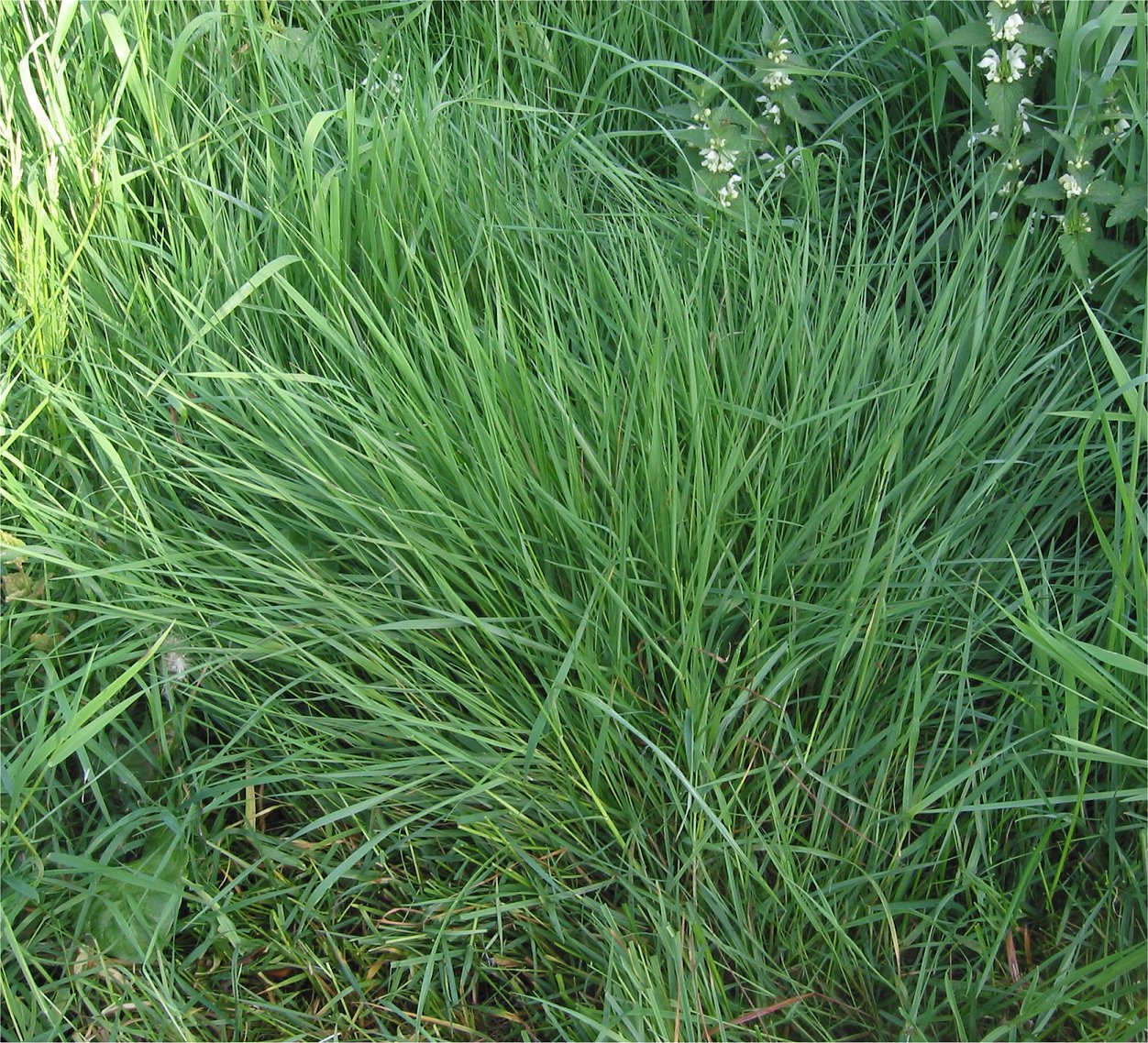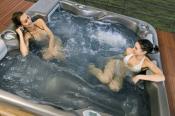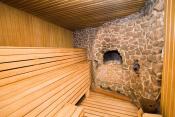Search
Login
How to choose the right grass for the lawn to make the lawn beautiful and reliable
To have a beautiful green carpet in the middle of the garden, it is necessary not only to properly prepare the soil for the lawn, but also to make the optimal choice of seeds. Grasses for lawns vary widely and not all of them are suitable for a certain type of lawn. Plants vary in height, resistance to drought, damage, disease and pests, many of them prefer sunny places, but there are also shade-loving ones. The best grass for the lawn is the one that best suits your lawn, and so that it meets your expectations, the grass characteristics and recommendations for each type of lawn are given below.
Content
- Grass and type of lawn video
- Lawn for sports and recreation
- Decorative lawn
- Flowering lawn
- Lawn in a shady area
- How to grow a lawn video
- Types of grass, the basis for the lawn
Grass and type of lawn
Grass for the lawn and its choice is the main thing in creating a green carpet. What grass to plant a lawn when the choice is large enough? Let's pay attention to herbs that are significant in this matter.
On the market you can find both ready-made seed mixtures and individual grass seeds for the lawn. Seeds are divided into mixtures according to the functionality of the lawn. For sports lawns, sports and regenerative mixtures are selected, they are resistant to trampling, quickly recover after damage and cutting. Mixtures for decorative lawns include beautiful green grasses and meadow flowers. For shady places there are mixtures with shade-loving plants.

Universal seed mixtures are suitable for any type of lawn, including shady ones. Often grass of the same species is sown on the lawns, but it is necessary to have an idea of \u200b\u200bthe characteristics of the grass, for this at the end of the article descriptions of the most used grasses for the lawn are added.
Lawn for sports and recreation
This type of lawn is often found in parks and is an ideal place to play with the ball or relax. Grass sports lawn is mowed 10 to 20 times per season to a height of 5-8 cm. On the lawn for sports games, mowing with mulching is preferable, the crushed grass is returned to the lawn, providing it with proper nutrients as fertilizer.

Leaves fallen on the lawn are collected and subsequently used as a component of compost. Mixtures of grasses for sports lawn include herbs that withstand heavy use.

A good combination of seeds consists of about 60% pasture ryegrass, 10-30% red fescue, and 10-20% meadow bluegrass.
Decorative lawn
A decorative lawn requires careful care, as grass is less resistant to damage. The land under the lawn should be perfect - cleared of weeds, fertilized with peat or compost, drainage channels are welcome in wet areas, and an irrigation system should be provided in a dry area. After winter, an aeration procedure is carried out to regenerate the herbs.

The first mowing of a decorative lawn is done when the grass reaches 8-10 cm. The grass is mowed to a length of 4-6 cm. Do not cut the lawn by more than one third of its length, this reduces the resistance to damage. The decorative lawn is distinguished by lush greenery, dense and elegant. To obtain this effect, plants that grow slowly do not require frequent mowing.

Most often, such herbs are quite fragile and do not tolerate trampling. The best mixes for lawn grass contain fescue (60-70%), pasture ryegrass (10-20%), bluegrass and fescue (5-10%).
Flowering lawn
It is impossible not to mention the lawn in the form of a flowering meadow, this is a very original solution for nature lovers and just busy people, because the flowering meadow does not need special care, and most flowering plants are perennials.

A lawn of flowering motley grasses pleases and soothes when meadow grasses bloom, a natural aroma fills the entire area ... What is the name of the grass for the lawn? Mixtures of flowering meadow grasses for a lawn can include up to 10 species:
-
Chamomile
-
Yarrow
-
Buttercups
-
Clover
-
Veronica
-
Primrose
-
Daisies
-
Violets
-
Dandelions
-
Thyme and other plants.
Lawn in a shady area
Lawn care in a shady area is quite problematic and is even more complicated by the appearance of moss. In a shady, humid area, gardeners often struggle with the growth of moss with fertilizers with a high iron content (anti-moss), and moss-destroying preparations, such as Mogeton 25 HR, are also available on the market. Also, the lawn in the shade must provide good drainage and regular aeration.

The composition of seed mixtures for shady lawns includes herbs such as red fescue (40%), fescue (25-40%), ryegrass (15-20%) and bluegrass (10-15%).
How to grow a lawn. video
Types of grass, the basis for the lawn
The main grasses for the lawn are the following species: red fescue, pasture ryegrass, meadow bluegrass and fescue (a kind of fescue). The following are the characteristics of these plants.
red fescue
Low, slowly growing grass. It tolerates dry soil, frost and partial shade. The plant is resistant to damage, and therefore is used to create decorative and sports lawns.

pasture ryegrass
The ryegrass grows quickly and is easily restored in case of damage. He loves the sun's rays and is tolerant of any soil. The grass does not tolerate drought, is not resistant to frost. This is an important component of seed mixtures for sports lawns.

bluegrass meadow
Bluegrass needs sunlight and moderately moist soil; it does not tolerate limestone and waterlogging in the soil. It grows after sowing in three weeks, then grows slowly. It tolerates damage, frost and drought. A component of all seed mixtures.

fescue (fescue Valis)
Seeds germinate 2 weeks after planting. It prefers sunny areas, grows well on dry, sandy and acidic soil. It has an average resistance to trampling. Very resistant to adverse conditions, such as a shady and dry area.






